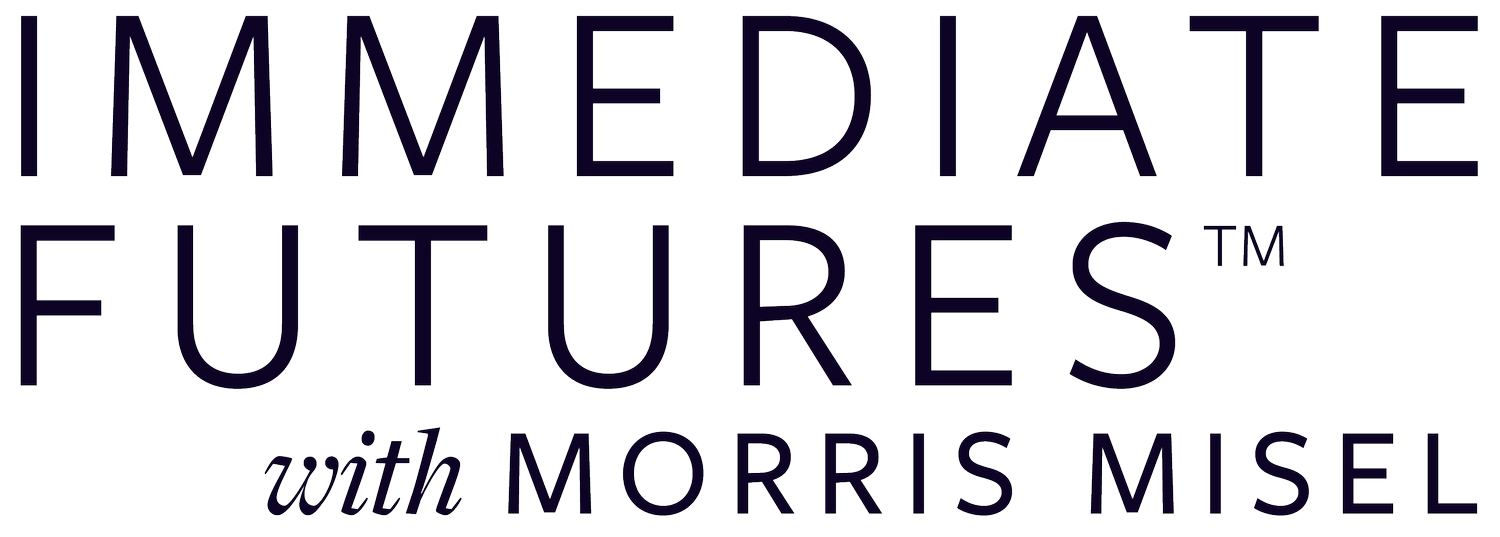Australian Institute of Architects, Case Study
When the Strategy Needed a Mirror, Not a Map
The Australian Institute of Architects didn’t ask for a prediction session. They asked for provocation. Over two days with the board and executive team, Morris led a high-trust, high-impact foresight engagement designed to test assumptions and pressure-test their ten-year plan. What emerged was a sharper understanding of the forces reshaping architecture and design and the Institute’s evolving role in them.
Rather than focusing on future buildings, Morris focused on future relevance. He challenged the group to re-examine how architects would earn trust, authority, and influence in a world shaped by generative design, AI-led planning, and real-time regulatory shifts. The sessions explored member value, professional certification, government advocacy, and the future role of design in society always through a foresight lens that placed the human at the centre.
Shift: From custodians of a profession to curators of a more adaptive, future-aligned architectural ecosystem.
The result? A reframed board-level strategy that now considers foresight, membership evolution, and societal contribution as core drivers of relevance not just tradition or technical expertise.
